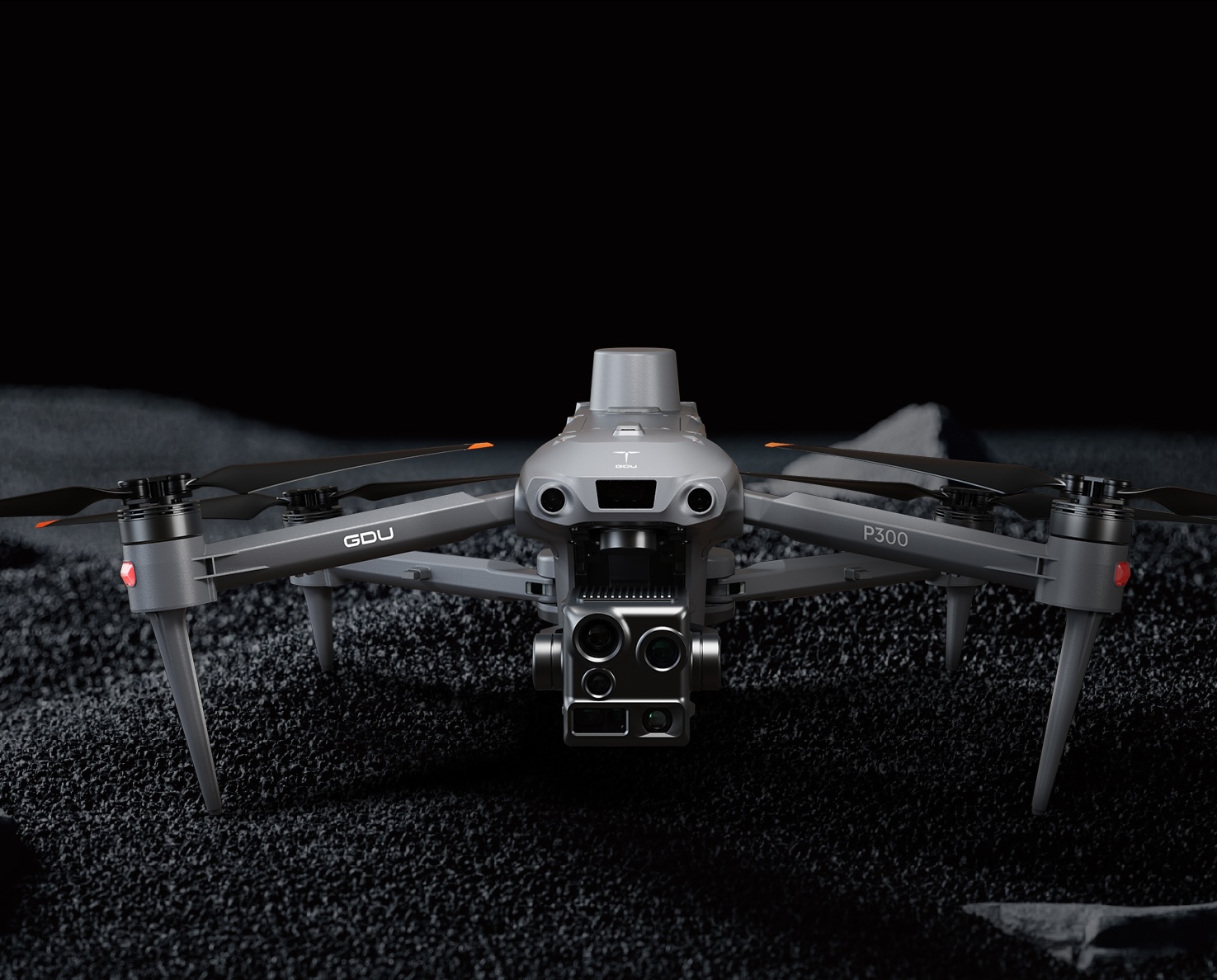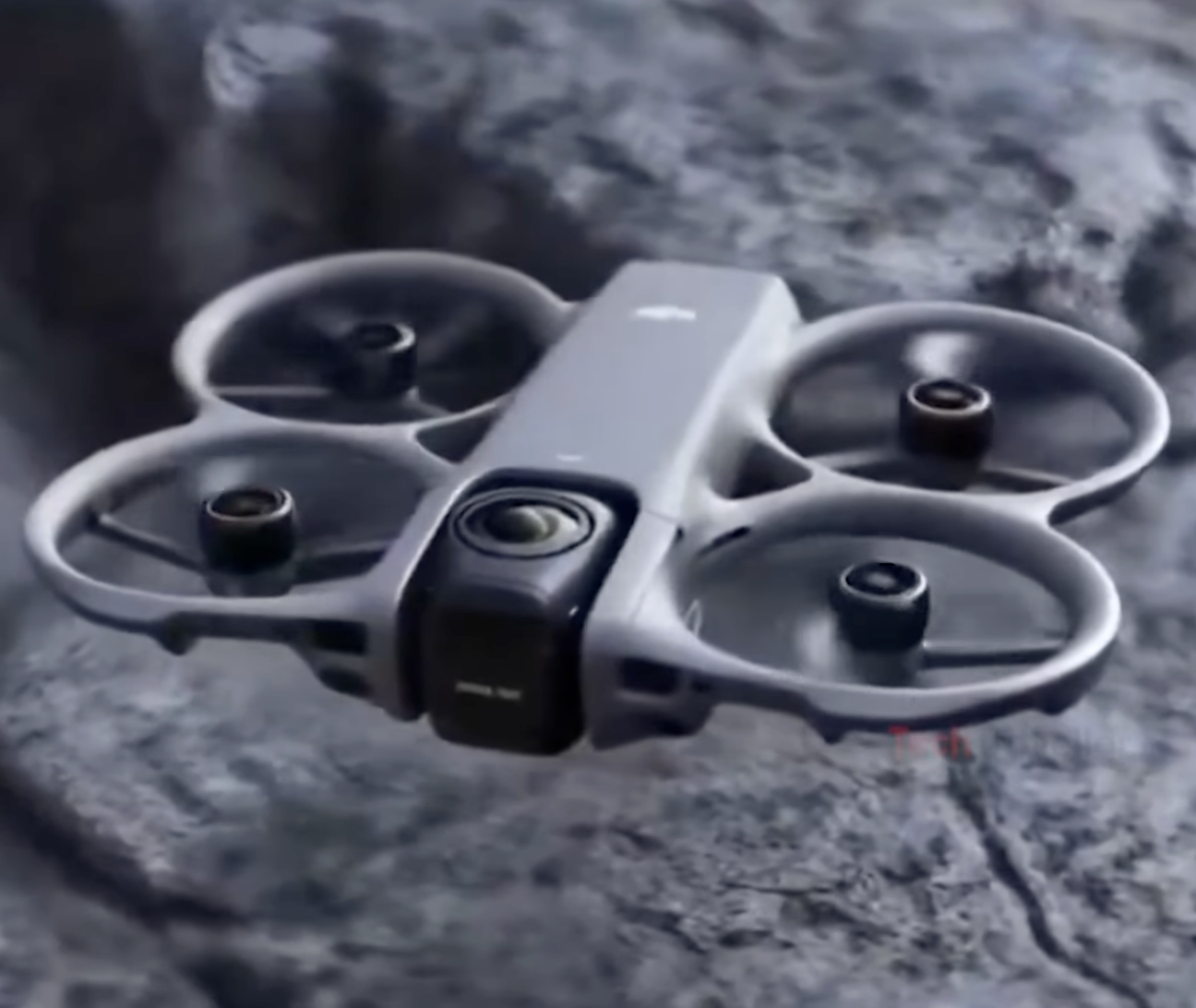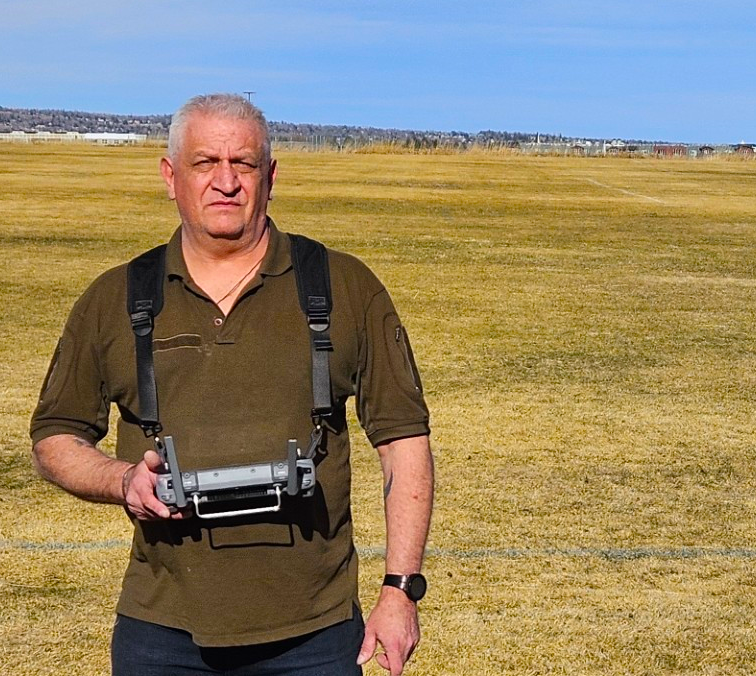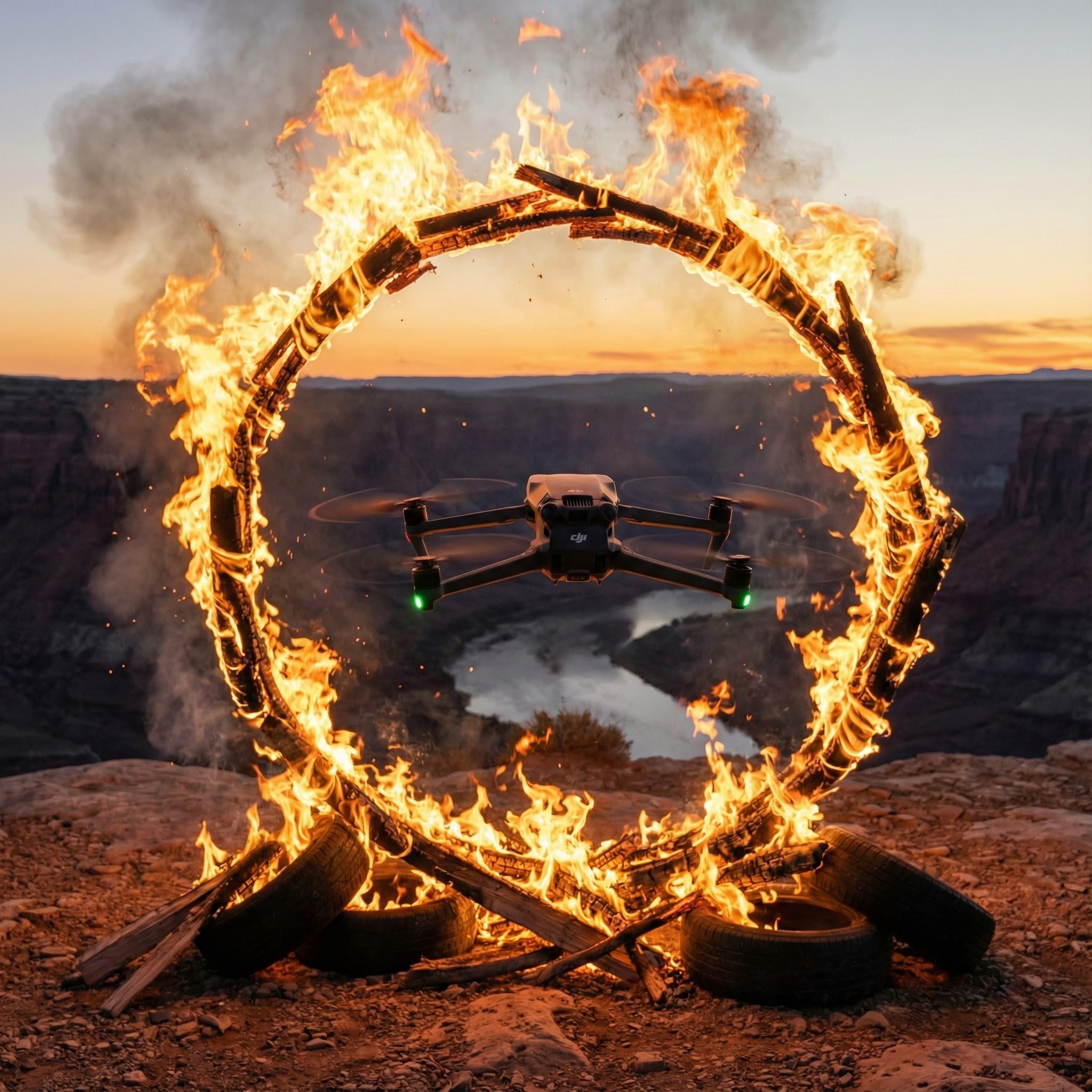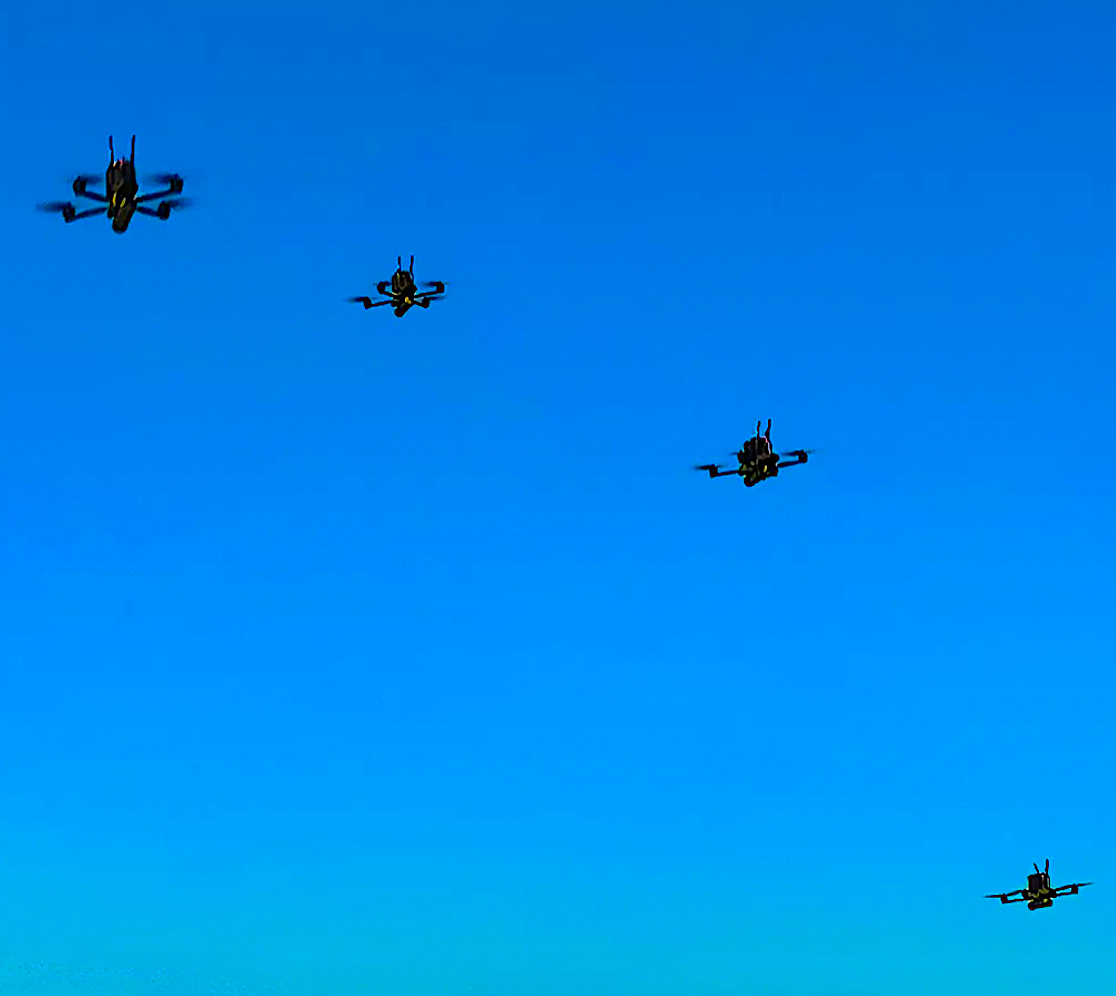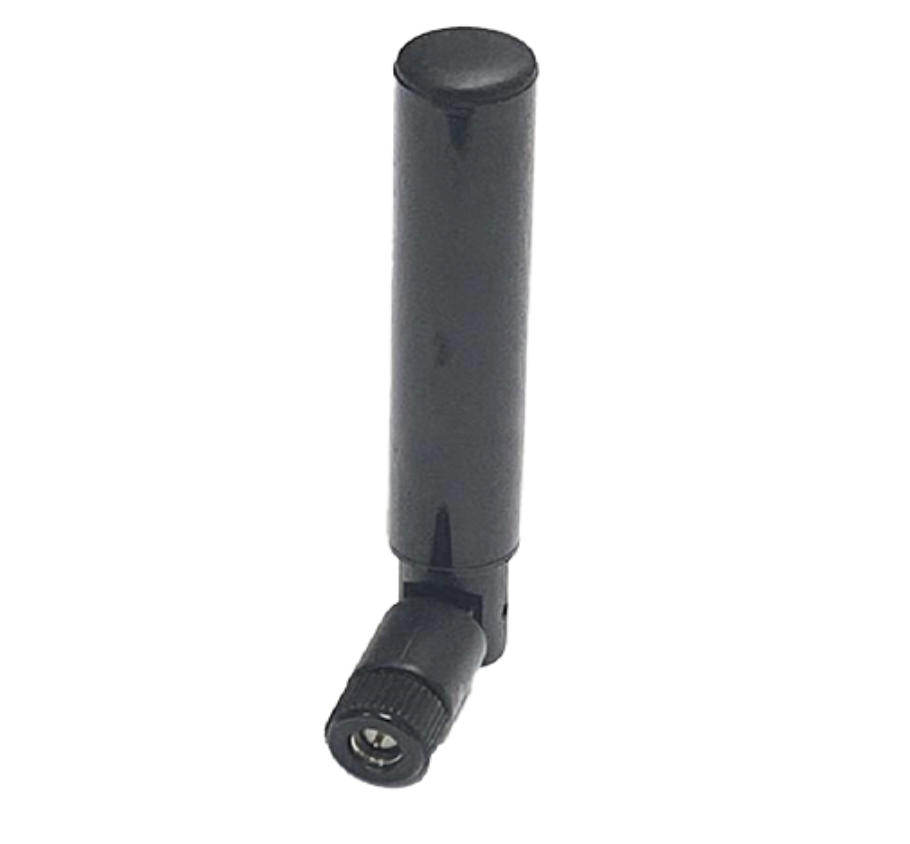Featured NewsTrending NewsEvolving TechEvolving Tech: Mayman Aerospace Disrupts Aviation with Mini VTOL Speeder
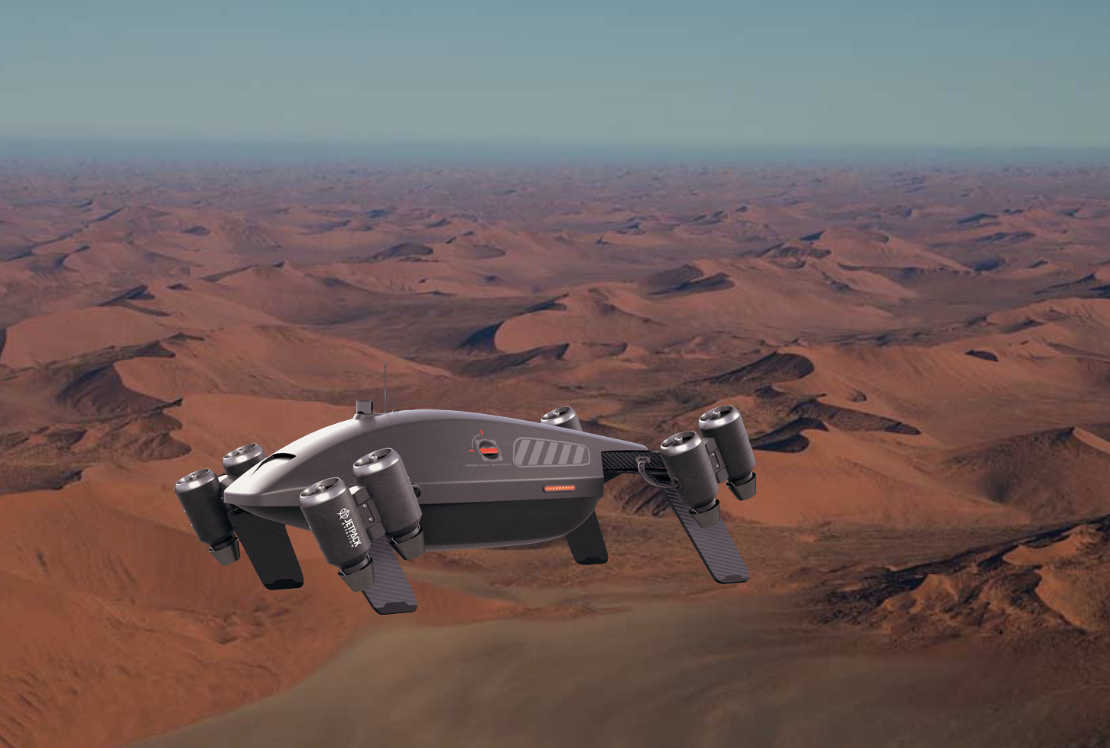
Alone among the burgeoning ranks of drone OEMs, Mayman Aerospace has identified a unique market for a compact, high-speed vertical take-off and landing (HSVTOL) aircraft capable of undertaking dual-use military and civilian special missions roles.
The Speeder Air Utility Vehicle (AUV) is powered by multiple small turbojets and employs digital thrust vectoring control. The prototype aircraft have so far been flown remotely, but the production machine will be optionally piloted, and, ultimately, autonomous. Capable of lifting heavy payloads in comparison to its small size, Speeder will fit into a pickup load bed or can be easily towed on a trailer behind a car. The aircraft may be equipped to carry personnel, move cargo, or employ a variety of mission equipment.
Primary Mission Categories
Capable of speeds up to 500 mph in unpiloted cargo configuration and around 230 mph piloted, Speeder has a 400-mile range. Its modular design allows for quick and easy changes of mission equipment, initially suiting it to operations within four primary mission categories.
Military: Faster than a helicopter and avoiding the complexity and operational footprint of a rotary-wing machine, Speeder offers an entirely new possibility for the infiltration/exfiltration of compact units into any terrain. It may also have applications as an alternative to traditional high-altitude, low-opening (HALO) parachute insertion.
Speeder’s airframe configuration and optional wings lend it to minimum-notice field deployment. Wings detached, Speeder is sized to fit the V-22 Osprey cabin, which may accommodate two in tandem. Capable of operating solely on jet thrust, the aircraft is then immediately deployable on landing. Alternatively, wings and role equipment are available for rapid assembly in the field.
The aircraft’s compact size also enables easy transport with units maneuvering in the field, avoiding the need to call in other aviation assets for urgent mobility missions. As a self-supporting asset, Speeder is capable of moving fuel and other material forwards to maintain an immediately responsive aviation presence close to the front line.
Critical Cargo: Speeder is capable of delivering high-priority freight—including spare parts and critical supplies—at speed over long ranges, before landing vertically. It is therefore ideally suited to offshore energy resupply missions, even delivering urgent cargo in weather conditions that would ground a helicopter.
Wildland Firefighting: Flown individually by operators close to the fire or in a swarm and moving at high speed, Speeder promises a rapid response at the spreading margins of a fire, complementing and working alongside large fixed-wing water-bombers and helicopters to accurately deliver multiple retardant drops without placing flight crews at risk.
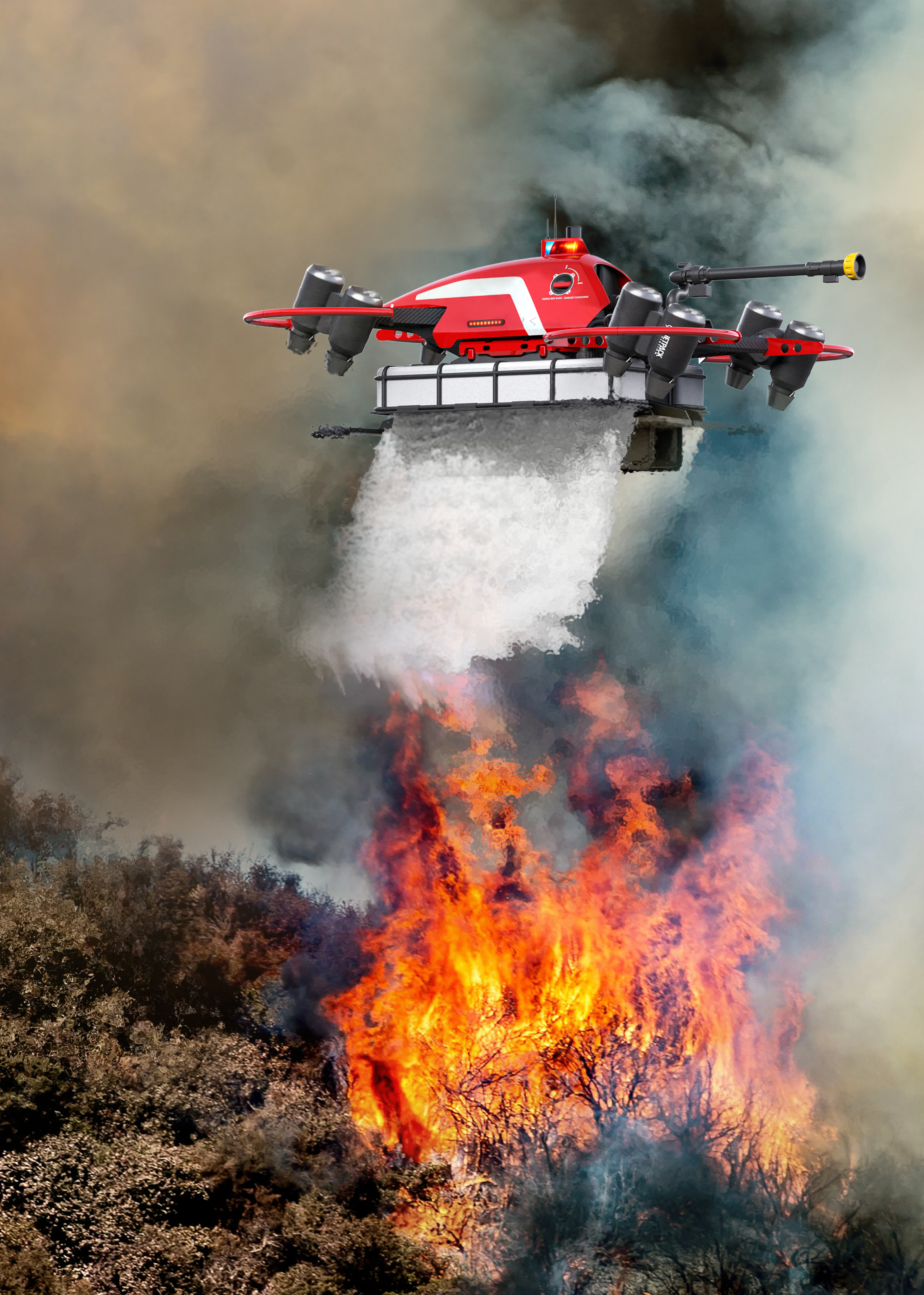
Disaster Response: High-speed, easy deployability and its ability to lift heavy payloads suit Speeder to disaster response missions from day zero. Reconfigurable and serviceable without requiring complex infrastructure, Speeder is rapidly transformable for the delivery of critical supplies and equipment, or Medevac, with off-airfield VTOL capability.
Proprietary Control Technology
Speeder’s engine thrust vectoring is managed through proprietary computer control technology, ensuring accurate and stable forwards, backwards, sideways, and hovering flight, plus excellent maneuverability and rapid acceleration. Thrust vectoring is achieved through individual gimbal-mounted engines (or pairs of engines) moving together or individually. Precision control is augmented by moveable exhaust nozzles or ‘jetevators’. Each engine is a self-contained, easily replaceable unit, simplifying field deployment and maintenance.
Speeder prepares for flight with its engines gimballed forward and outward, and back and out, respectively. As the aircraft lifts, the engines automatically rotate into the vertical, massively reducing heat build-up beneath the Speeder and minimizing potential FOD hazards.
The aircraft burns regular Jet A-1, kerosene, diesel, or sustainable aviation fuel, enabling mission sets outside those possible with electrically powered VTOL aircraft. Speeder’s unusual performance and heavy payload take it beyond the limits of current electric propulsion technologies, but Mayman Aerospace is keeping a close watch on the fast-moving sector. In the meantime, a cooperative supply agreement with Prometheus Fuels Inc., will see Mayman Aerospace using 100-percent zero net carbon fuel in its future Speeder test flying.
Prototype Progress
Mayman Aerospace has already completed tethered test flying with two Speeder prototypes and trials with a more representative vehicle, including off-tether flying, are imminent.
First prototype P1: Flight testing of the basic P1 platform began in December 2020. Initially flown with two-axis tethers, the trials campaign progressed through a single-axis tether and culminated in the aircraft flying with just a safety tether. Flight testing concluded successfully in May 2021.
Second prototype P1.5: Lighter than the P1 Speeder first prototype, with a smaller frame and new fuel tank, the refined P1.5 weighed less than 150 lbs. Flying trials were completed in January 2022, and successfully demonstrated the aircraft’s exceptional stability and response to control inputs—even in winds exceeding 25 mph. For safety reasons, the tests were conducted using a single tether line, which remained slack throughout as P1.5 performed precision take-offs, landings, hovers, and flight transitions. Differential GPS was also employed for the first time, achieving positional control down to a few centimeters’ accuracy.
Third prototype, P2: Mayman Aerospace unveiled the flight-ready P2 prototype at the 2022 annual Draper Venture Network CEO Summit in Northern California. Configured with eight engines, the aircraft is expected to enter flight test in Q3 2022. The company is working closely with the FAA towards flight certification, enabling off-tether flying and a gradual expansion towards the higher ends of the aircraft’s performance envelope. Initial flights will be remotely controlled, with piloted tests anticipated towards the end of Q4 2022.
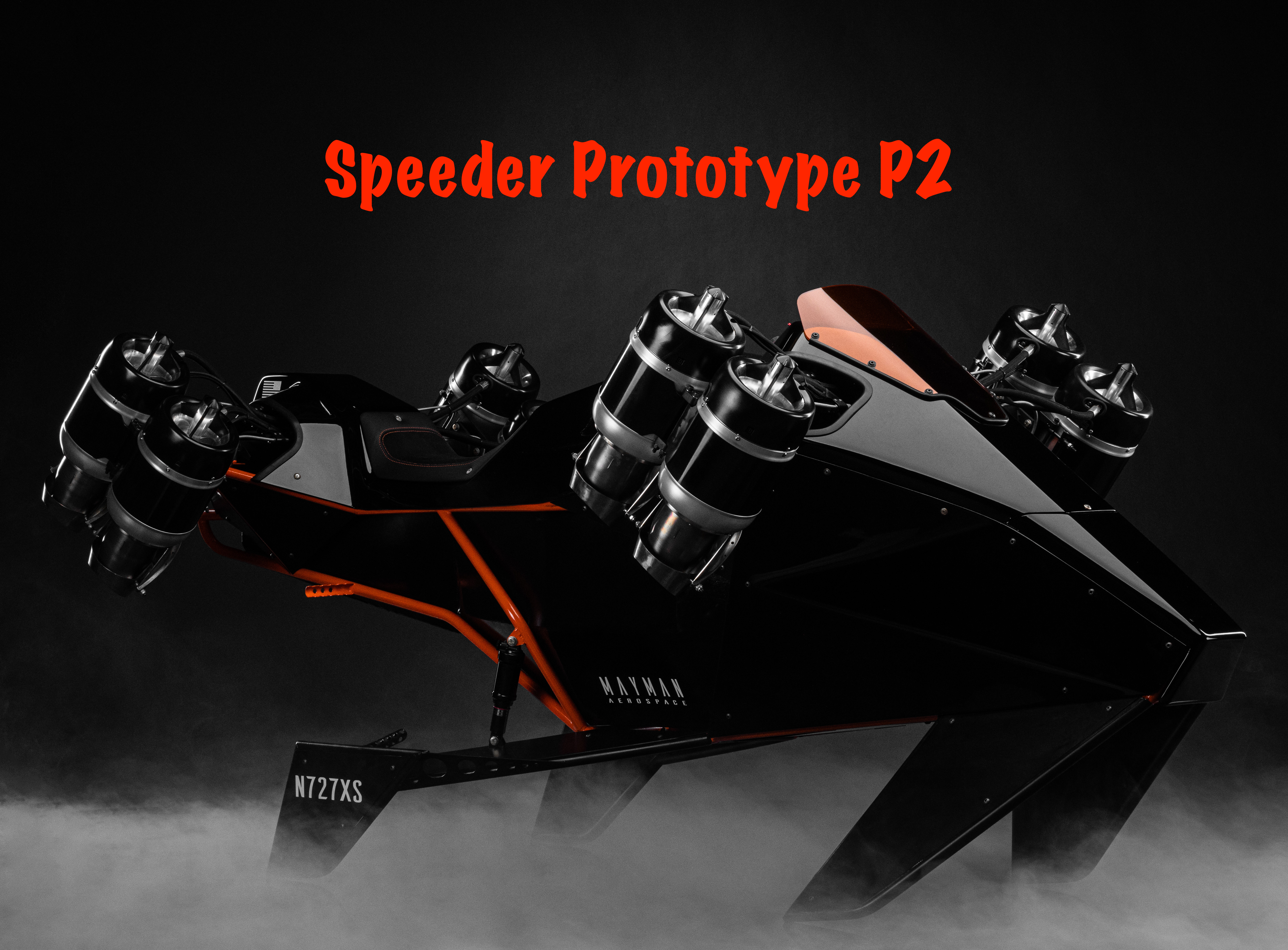
As Mayman Aerospace moves Speeder closer to its production configuration, P2 includes a fully formed carbon-fibre body, aerodynamic surfaces, windscreen, instrument panel and pilot position. Research is ongoing to develop a unique pilot escape system, while the proprietary flight control system is configured to immediately rebalance thrust in the unlikely event of an engine anomaly.
WATCH!
More About Mayman Aerospace

Mayman Aerospace is a new brand group of JetPack Aviation Corporation, founded by serial entrepreneur David Mayman. Speeder, its initial focus, builds on the engine thrust vectoring and control technology pioneered and proven on JetPack Aviation’s JetPack personal aircraft designs.
Mayman Aerospace is working closely with the Federal Aviation Administration, the US Department of Defense and leading companies in the critical cargo, aerial firefighting, and disaster response sectors. Speeder was selected among three successful concepts from 218 submissions in the 2021 AFWERX High Speed VTOL Concept Challenge, launched in partnership with the US Air Force and US Special Operations Command, and managed under the Air Force Research Laboratory Transformational Capabilities Office AFWERX program.
As it works towards Speeder certification and service entry, Mayman Aerospace is continuing to push at the outer limits of small platform VTOL flight. New technologies under consideration include hydrogen-fueled turbine engines, electric fanjets and turbofan propulsion, complex sense and avoid systems for autonomous swarming, and potentially even supersonic flight.

